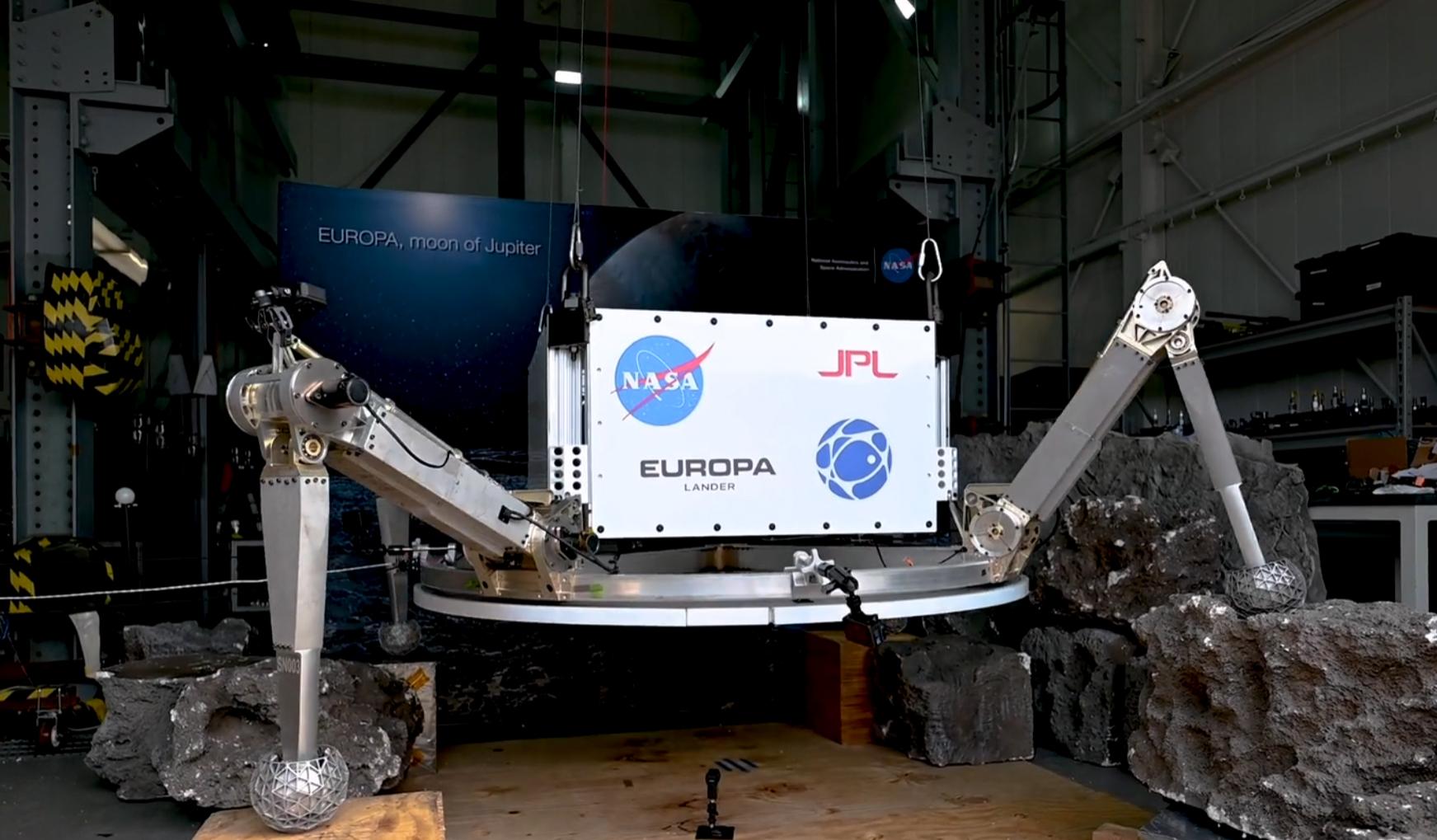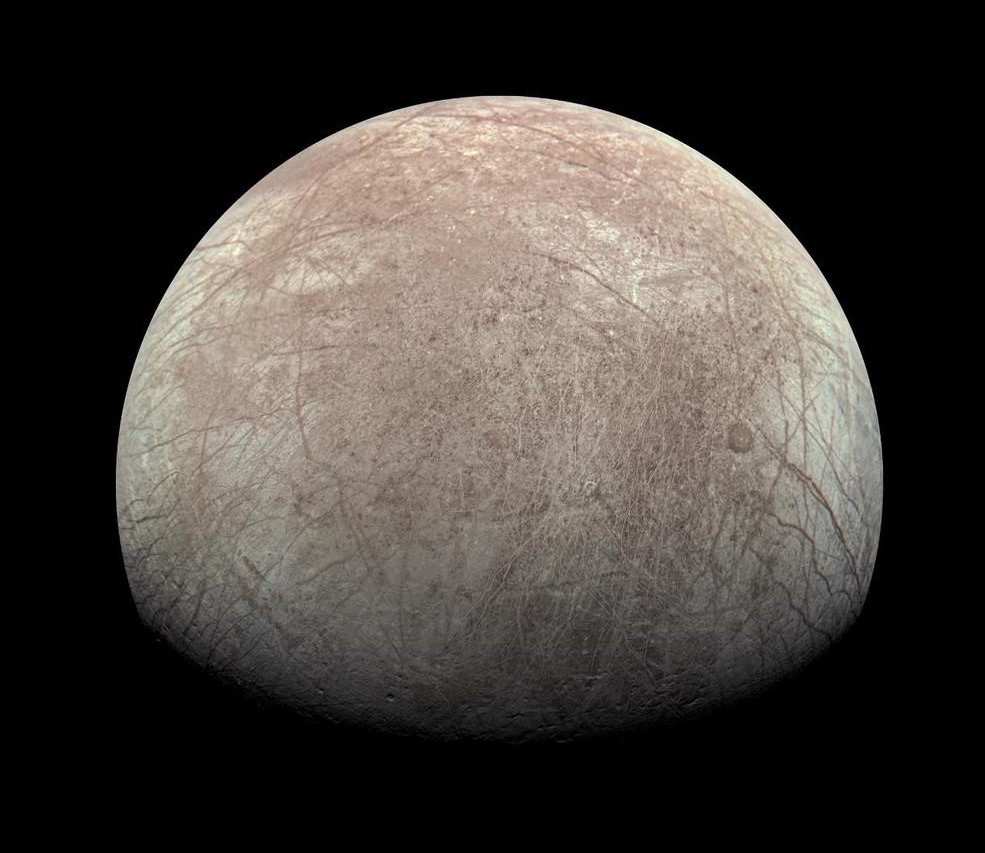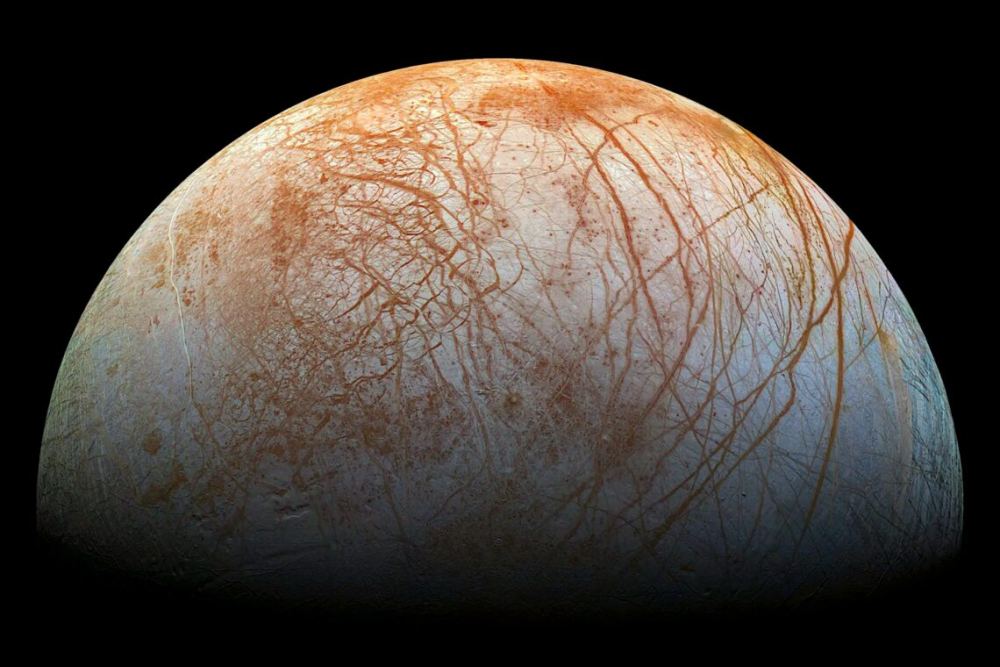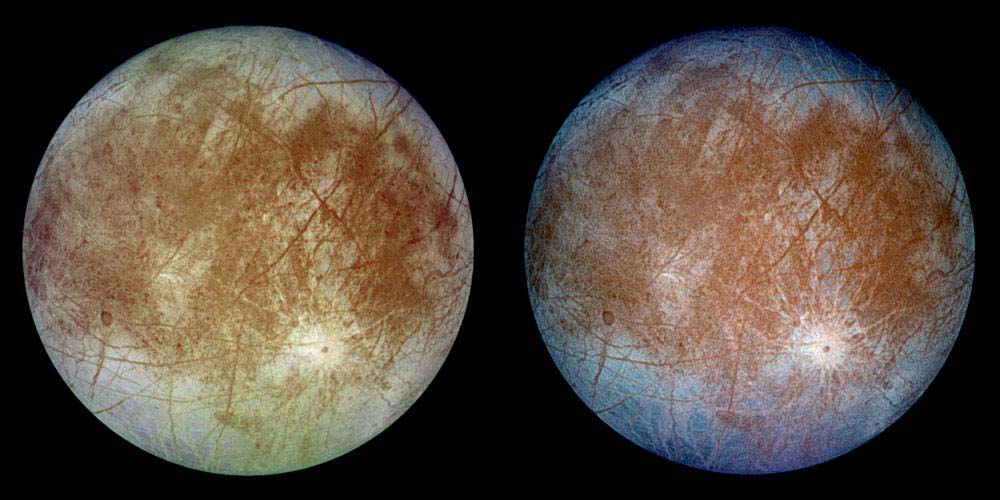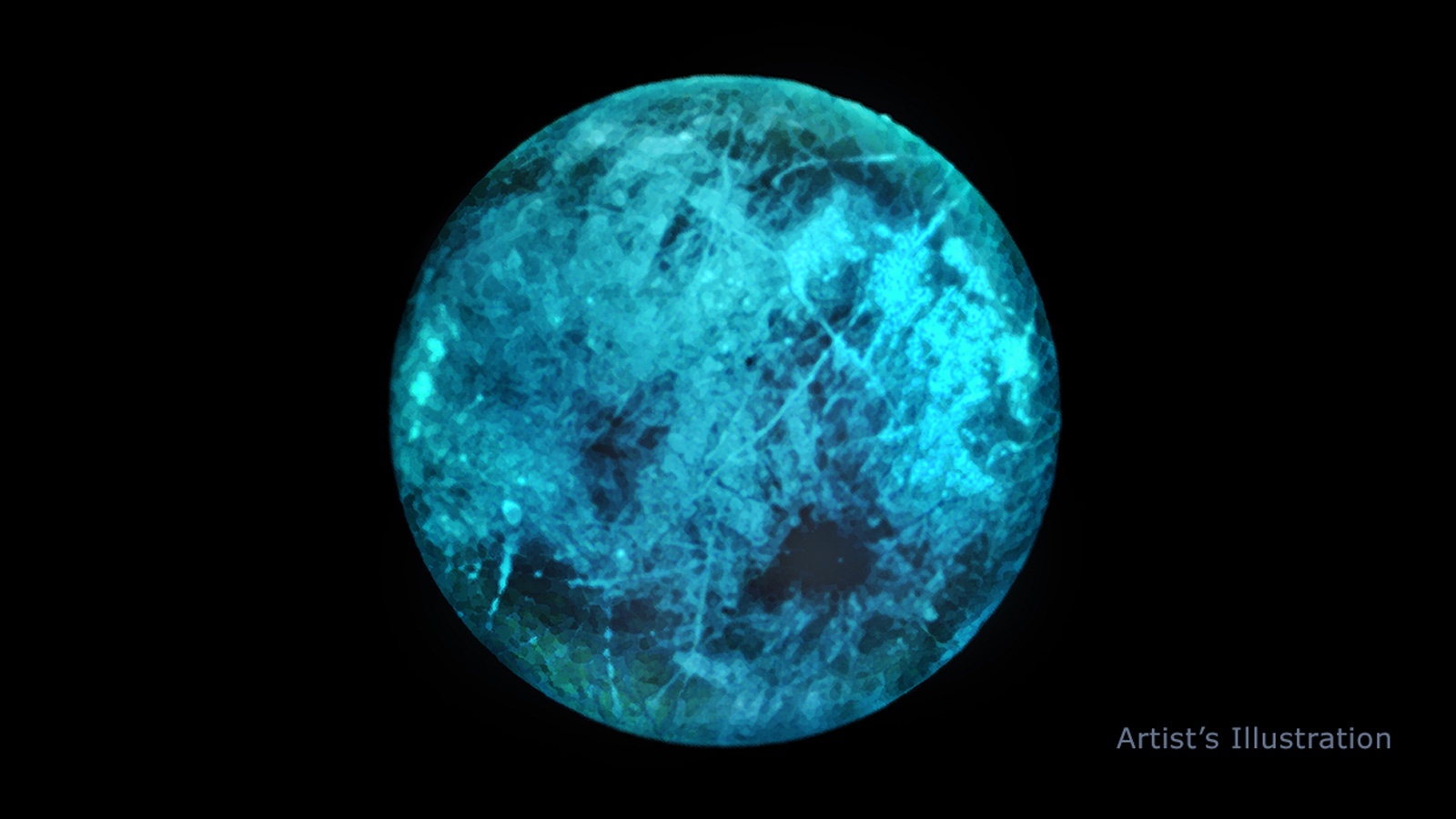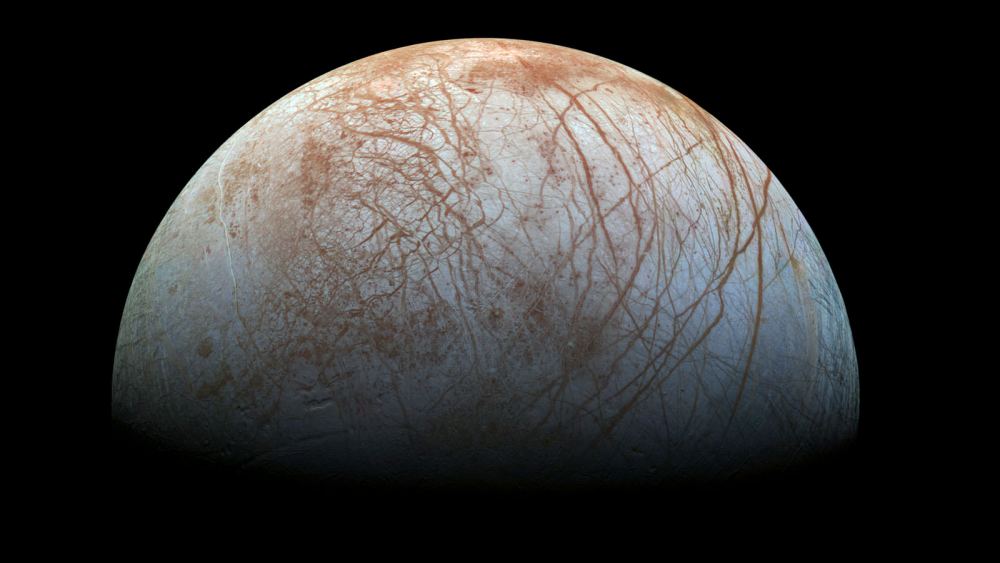Can Europa’s massive, interior ocean contain the building blocks of life, and even support life as we know it? This question is at the forefront of astrobiology discussions as scientists continue to debate the possibility for habitability on Jupiter’s icy moon. However, a recent study presented at the 55th Lunar and Planetary Science Conference (LPSC) might put a damper in hopes for finding life as a team of researchers investigate how Europa’s seafloor could be lacking in geologic activity, decreasing the likelihood of necessary minerals and nutrients from being recycled that could serve as a catalyst for life.
Continue reading “Europa Might Not Be Able to Support Life in its Oceans”Europa Might Not Be Able to Support Life in its Oceans


